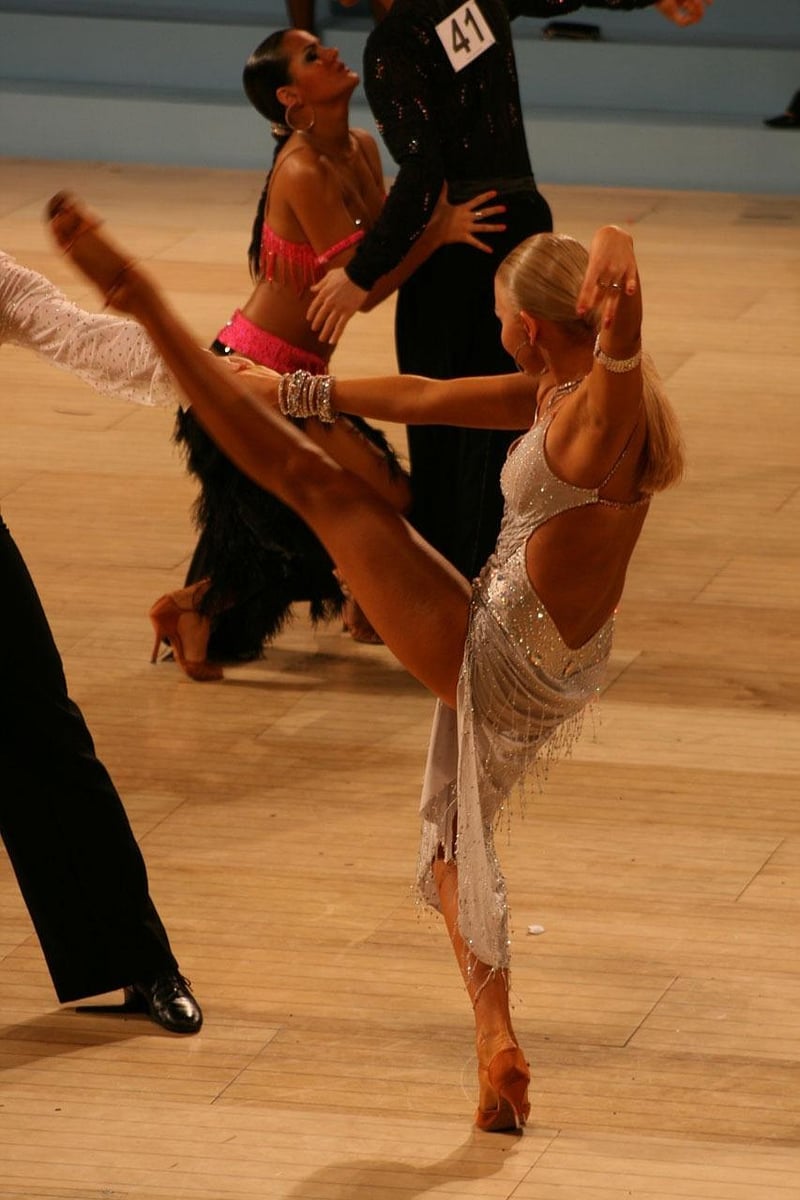Latin Dance
The Art of Expressive Movement in Latin Dance
Latin dance is not just about the steps; it's about expressing the passion, rhythm, and culture through movement. In this article, we explore the art of expressive movement in Latin dance forms like Salsa, Bachata, and Rumba.
1. Salsa: The Dance of Passion
Salsa is known for its lively and energetic movements that reflect the fiery passion of Latin music. Dancers use their whole body to convey the excitement and sensuality of the dance. Hip movements, intricate footwork, and dynamic spins are all part of the expressive language of salsa.

2. Bachata: The Dance of Romance
Bachata is a dance that speaks of love, longing, and connection. The smooth, flowing movements of Bachata dancers create an intimate atmosphere where partners can express their emotions through every step. The close embrace and subtle body movements are key elements of Bachata's expressive style.

3. Rumba: The Dance of Seduction
Rumba is a dance that exudes sensuality and flirtation. The expressive movements of the hips, shoulders, and arms in Rumba convey a story of love and passion between the dancers. The intimate connection between partners and the playful interactions make Rumba a captivating dance form.

Mastering Expressive Movement
To excel in Latin dance and convey emotions effectively, dancers need to focus on technique, musicality, and connection with their partner. By understanding the cultural context and emotional nuances of each dance form, dancers can truly embody the spirit of Latin music and movement.
Whether you're a beginner or an experienced dancer, embracing the expressive nature of Latin dance can elevate your performance and create a memorable experience for both you and your audience.
Let the music guide your movements, and let your emotions flow through every step, turn, and gesture. In Latin dance, it's not just about dancing; it's about telling a story with your body.
